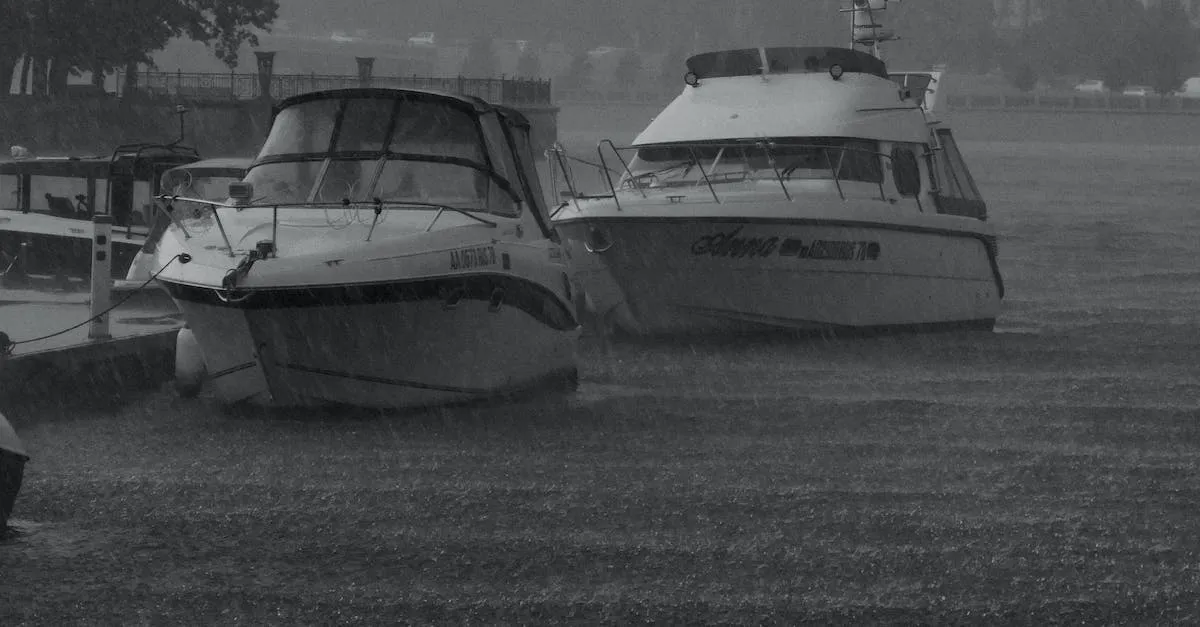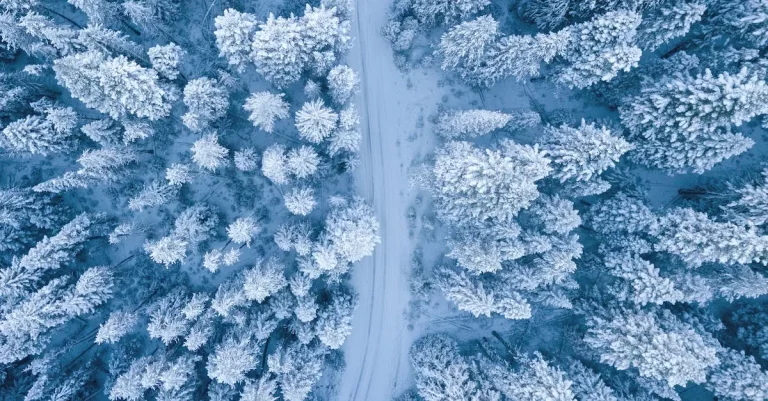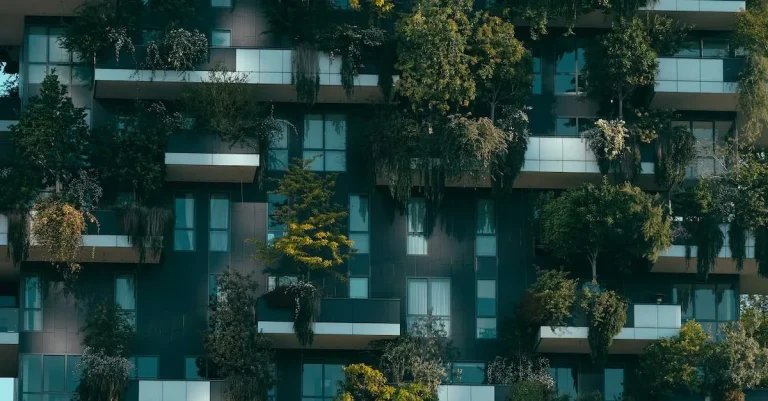Does It Ever Rain In Las Vegas?
Las Vegas is located in a desert, so you might think it rarely rains there. But the truth is more complicated than you’d expect. Keep reading to learn all about the precipitation patterns in Sin City.
If you’re short on time, here’s a quick answer to your question: While Las Vegas has a very arid, desert climate, it does occasionally get rainstorms and flash flooding.
Las Vegas’ Arid Desert Climate
Las Vegas, known for its vibrant nightlife and luxurious casinos, is located in the Mojave Desert, making it a prime example of an arid desert climate. This type of climate is characterized by hot, dry summers and mild winters.
In this article, we will explore the unique weather patterns that contribute to Las Vegas’ reputation as a desert oasis.
Low Average Yearly Rainfall
One of the defining features of Las Vegas’ climate is its low average yearly rainfall. According to the National Weather Service, the city receives an average of only 4.2 inches of precipitation per year. This is significantly lower than the national average of 38.6 inches.
The scarcity of rainfall is due to the city’s location in the desert, where moisture is scarce and evaporation rates are high.
Infrequent Rainy Days
Another characteristic of Las Vegas’ climate is the infrequency of rainy days. On average, the city experiences only 26 days of measurable precipitation per year. This means that the majority of days in Las Vegas are dry and sunny.
However, when rain does occur, it is often intense and short-lived, as the desert landscape is not able to absorb large amounts of water quickly.
Most Rain Falls in the Summer
While Las Vegas may be known for its scorching summers, it is also when the city receives the majority of its rainfall. The summer months, particularly July and August, see the highest amount of precipitation.
This is due to the monsoon season, a weather phenomenon characterized by thunderstorms and heavy rain. These intense bursts of rainfall can sometimes lead to flash floods, as the arid desert soil is not able to absorb the water rapidly.
It is important to note that despite the low average rainfall, Las Vegas has a sophisticated water management system in place to ensure a reliable water supply for its residents and visitors. The city relies heavily on water from the Colorado River and has implemented various conservation measures to mitigate the impact of its desert environment.
Brief, Heavy Rains and Flash Flooding
Contrary to popular belief, Las Vegas does experience rainfall, albeit not as frequently as other parts of the country. However, when it does rain, it can be intense and lead to flash flooding. This phenomenon is a result of several factors, including monsoon season, El Niño effects, stormwater drainage issues, and notable recent floods.
Monsoon Season
Las Vegas is located in the Mojave Desert, which typically experiences a dry climate. However, during the summer months, the region enters monsoon season, characterized by an increase in thunderstorms and rainfall.
These brief but intense rain showers can dump a significant amount of water in a short period, overwhelming the city’s drainage system and causing flash floods.
El Niño Effects
El Niño, a climate pattern that occurs irregularly every few years, can also contribute to heavy rains in Las Vegas. During El Niño events, the ocean temperatures in the Pacific Ocean rise, affecting weather patterns across the globe.
In some cases, Las Vegas may experience above-average rainfall due to the influence of El Niño, leading to an increased risk of flooding.
Stormwater Drainage Issues
Las Vegas’ infrastructure was not originally designed to handle heavy rainfall, as the city experiences a desert climate for the majority of the year. As a result, stormwater drainage systems may struggle to cope with the sudden influx of water during intense rainstorms.
This can cause water to accumulate on roadways, parking lots, and low-lying areas, resulting in flash flooding.
Notable Recent Floods
In recent years, Las Vegas has witnessed several notable floods that have garnered media attention. One such event occurred in September 2014 when a storm dumped more than two inches of rain in just a few hours, overwhelming the city’s drainage system.
This led to extensive flooding, with water reaching cars, homes, and businesses. Another significant flood occurred in July 2018, resulting in road closures and property damage.
For more information on Las Vegas rainfall and flash flooding, you can visit the Las Vegas Public Works Department’s website.
The Rarity of Snow in Las Vegas
When people think of Las Vegas, they often picture bright lights, casinos, and sweltering desert heat. Snow is probably the last thing that comes to mind. And they’re not wrong – snowfall is indeed a rare occurrence in the famous Sin City.
Climate of Las Vegas
Las Vegas has a desert climate, characterized by hot summers and mild winters. The city enjoys over 300 days of sunshine per year, making it a popular destination for outdoor activities and poolside lounging. However, the desert climate also means that precipitation, including snow, is scarce.
Historical Snowfall Data
According to the National Weather Service, Las Vegas receives an average of 0.4 inches of snow per year. This minimal amount is usually not enough to accumulate on the ground for more than a few hours. In fact, some years go by without any snowfall at all.
The last significant snowfall in Las Vegas occurred on December 17, 2008, when the city received 3.6 inches of snow. This was a rare event that caused excitement and even some chaos among the locals, as the city is ill-equipped to handle snow and ice.
Factors Contributing to the Rarity of Snow
Several factors contribute to the rarity of snow in Las Vegas. Firstly, the city’s low elevation of around 2,000 feet above sea level means that it is not as prone to colder temperatures as higher altitude areas.
Secondly, the dry air in the desert tends to evaporate any moisture before it has a chance to turn into snowflakes.
Furthermore, the warm air from the surrounding desert can often prevent snow from falling. As the air rises, it cools and condenses, creating clouds. However, the dry desert air can inhibit the formation of these clouds, reducing the chances of snowfall.
Effects of Snow in Las Vegas
When it does snow in Las Vegas, it can have both positive and negative effects. On the positive side, the sight of snow-covered palm trees and iconic landmarks like the Las Vegas Strip can be quite a spectacle.
It also provides locals and tourists with a rare opportunity to enjoy winter activities like building snowmen or having snowball fights.
On the negative side, snow in Las Vegas can cause disruptions in the city’s infrastructure and daily life. The lack of snow removal equipment and the inexperience of drivers in snowy conditions can lead to accidents and traffic congestion.
Businesses may also suffer as tourists and locals opt to stay indoors rather than venture out into the snowy streets.
Conclusion
While sunny skies dominate in Las Vegas, the city does get occasional rainstorms, especially during monsoon season in late summer. And when the heavy rains come, they can cause disruptive flash flooding. But snow remains a very rare event in the Mojave Desert climate.








